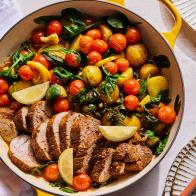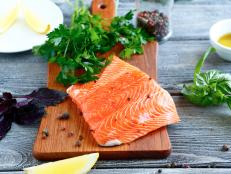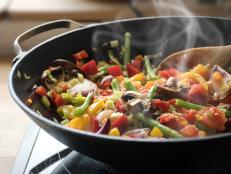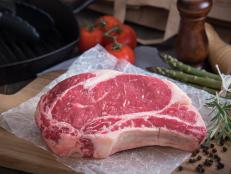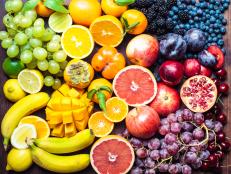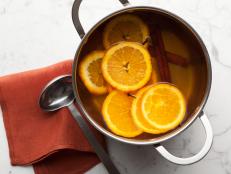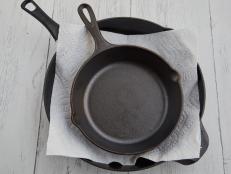In Season: Kale

Many of my gal pals email me photos of their homemade kale chips. Everyone is talking about and making them. Luckily, this green, leafy bunch of goodness is now in season so you can make your own kale chips or any of our healthy kale recipes.
Kale is a member of the cabbage family which also includes cauliflower, broccoli and Brussels sprouts. It’s suspected that kale was brought to Europe over 2,500 years ago. In the 17th century, it was introduced to the United States by English settlers. Today kale is primarily grown in the southeastern United States. Kale has a mild flavor, similar to cabbage and comes in many colors ranging from dark green to different shades of blue or purple. There are many varieties including Curly (or Scots), Plain Leaved, Rape, Leaf and Spear, Dinosaur (or Cavolo Nero), Tuscan and Lacinato (or black cabbage), and Ornamental, which is popular for landscaping but can be eaten too.
One cup of chopped kale has 33 calories, 2 grams of protein and almost seven times your recommended daily dose of vitamin K. It also contains 206% of your daily recommended amount of vitamin A and 134% of vitamin C. Kale is also an excellent source of potassium and a good source of calcium, iron, and folate. This leafy veggie is part of the cruciferous veggies family (AKA the cabbage family) which has been shown to help prevent cancer. It also contains the plant chemical lutein, which has been linked to healthy eyes.
- Wash thoroughly to remove and dirt or grit.
- Remove center vein in the leaves and stems -- they’re usually tough to chew.
- Chop or tear fresh kale for a salad right before serving to help maintain the vitamin C.
Kale can be eaten cold in salads or hot by steaming, simmering, braising, sautéing, blanching and baking. Sautéed kale is perfect for adding to lasagna, pasta or rice dishes. Dinosaur kale is used to make chips— mix with a touch of olive oil, salt and pepper and bake for 3-5 minutes in the oven. In order to increase the absorption of the iron found in kale, serve it alongside foods high in vitamin C like tomatoes, citrus fruit, potatoes or peppers.
Choose kale with deeply colored leaves for the best flavor. Avoid wilted, dry and limp leaves or those with tiny holes that may be a sign of insect damage. Keep unwashed in a plastic bag along with a moist paper towel and place in the refrigerator; use within a few days.




